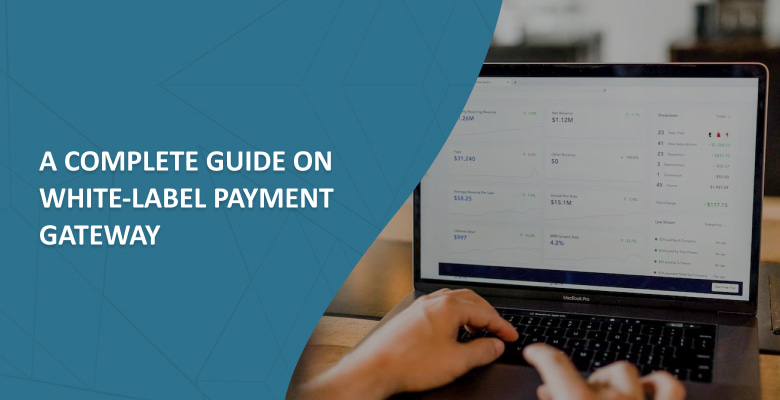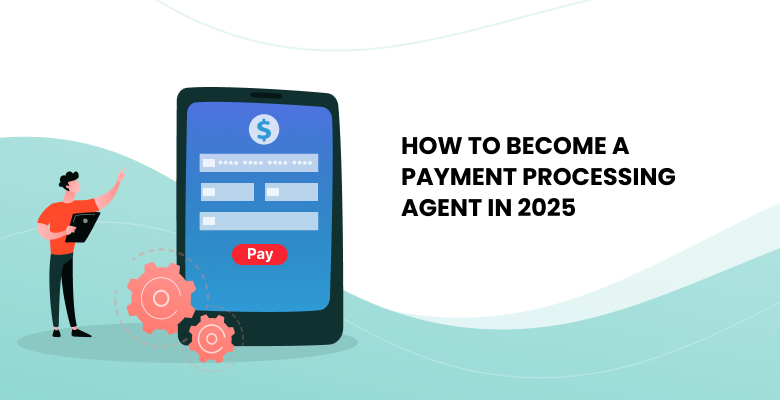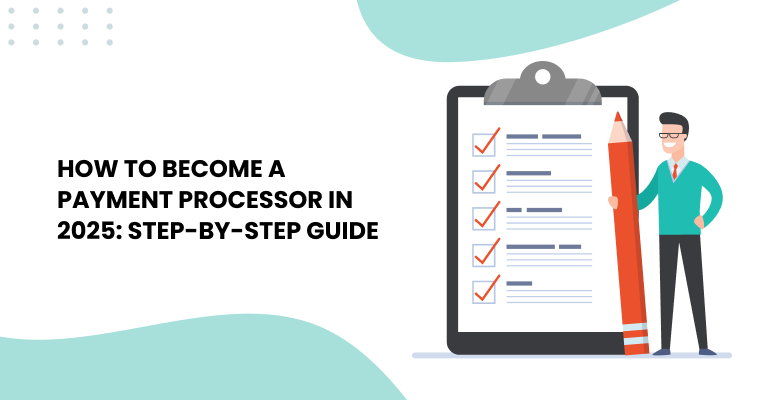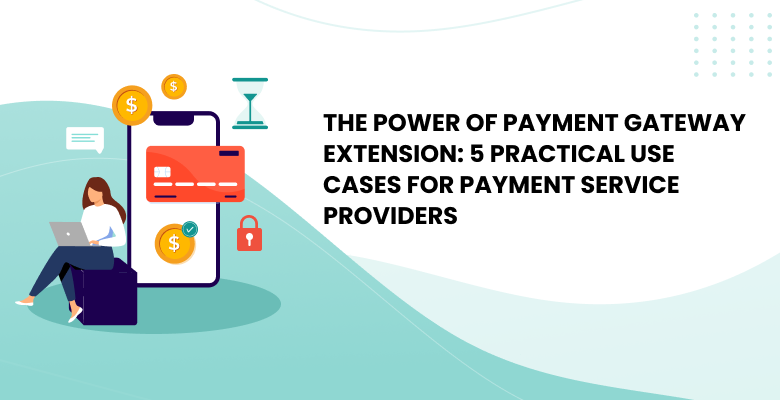
If you’re in the payment processing industry, chances are you’ve heard the term white-label payment gateway before. It wouldn’t be surprising since the product is highly demanded in electronic payment processing. However, working in the online payments industry for more than 15 years, we at Akurateco often face the fact that it may be difficult for many entrepreneurs to evaluate white-label payment gateway from different angles because of the complexity of the product.
In this article, we have prepared a comprehensive guide to a white-label payment gateway which will be helpful for those who want to dive deeper into a white-label payment gateway, understand its working principle step-by-step, and evaluate it in terms of potential advantages and disadvantages.
What is a white-label payment gateway?
Before we truly grasp the meaning of this term, let’s quickly recall what a payment gateway itself is. A payment gateway is a technical layer between a merchant and a customer that operates after the customer confirms a purchase on a merchant’s website or application. The gateway’s job is to encrypt their payment data and send them to the issuing bank, card network, and acquiring bank to confirm or decline payment and notify a customer about the result of his transaction. To become a regular payment gateway provider, you have to develop its software from scratch. It is the main difference between a traditional and white-label payment gateway.
White-label payment gateway is out-of-the-box branded payment software with the latest technologies and multiple integrated payment providers. You can rent it from a vendor on a subscription basis and use it as your own software. Simply put, a white-label payment gateway is a way to become a full-fledged Payment Service Provider (PSP) without investing time and money in developing your solution.
How a white-label payment gateway works
The operating principle of a white-label payment gateway is that the provider gives you access to ready-made software with all its technologies and payment connectors, which can subsequently be branded and used under your brand’s name.
If you decide to become a white-label PSP, first and foremost, you have to choose a white-label payment gateway provider who will walk you through the system and help adapt it to the needs of your business. To more fully disclose a white-label payment gateway operating principle, we will not dwell on reaching out to the provider, waiting for the qualification, examining the commercial proposal, and signing the agreement. To learn more about these initial steps that you need to take before you sign an agreement with your payment gateway provider, read the article below:
How to start a white-label PSP: A step-by-step guide for beginners
Now, let’s take a closer look at the white-label payment gateway implementation process that takes place after you and your payment provider are all set:
Set up the system
At this point, the software vendor provides you with the system and prepares it to launch under your brand. Here, you are able to provide guidelines regarding changing it according to your brand’s colors and style.
Choosing payment connectors
The next crucial step is to look through a list of banks and payment providers integrated into the system to decide which ones to use, depending on your clients’ geography and payment preferences. Additionally, you can ask the provider to integrate the necessary connectors that are not in the system at your request.
System training for your team
Before utilizing the system, your team needs to undergo training to understand how to use its functionality so that it can fulfill the needs of your business in practice.
Finalizing the system according to your needs
As each PSP differs in their requirements, professional white-label payment gateway providers are ready to finalize the system according to your needs. For instance, if you need to meet the requirements of a local regulator or a particular payment connector, the provider will fine-tune the system according to their specifications.
Merchant onboarding
After familiarizing yourself with the platform and adapting it to your business, it’s time for your merchants to join. The next step is to transfer them from other systems to the platform, integrate them into it, and help them learn the platform’s functionality with the help of your provider.
Create anti-fraud rules and adjust billing
To minimize the risk of fraud, you must create anti-fraud filters for your PSP. They will differ depending on whether you work with high-risk or low-risk merchants, their countries, industries, etc. Additionally, you should adjust billing settings to automate the calculation and creation of invoices for each client.
GO LIVE
The last and most long-awaited step: going into live mode.
Now that you are informed about how to set up a white-label gateway let’s look at its main advantages.
The benefits of a white-label payment gateway
Zero investment in development and maintenance
The key benefit of a white-label payment solution is that it does not require a development investment. Given that these are the main financial expenses for the payment gateway, you will save 150-500K$ on the development only. Also, you will not need to hire developers for software maintenance and updates in the future since your provider will handle this for you.
Fast time-to-market
Another significant advantage is a fast time-to-market. Depending on your wishes regarding branding, technologies, and integrations, it can take you from a week to a month to start a payment gateway business in India using a white-label solution. For comparison, if you develop a payment gateway on your own, it will take you no less than six months to start operating.
Cost-effective payment solution
From all the options that are on the market, the best white-label payment gateways can be rightly called the most affordable payment solution. It is because you pay for a ready-made service with advanced functions while not investing in its development and maintenance along the way.
Multiple integrated banks and payment providers
A white-label payment gateway is an appealing option for PSPs, mainly due to many integrated banks and payment providers, including Credit and Debit Cards and Alternative Payment Methods (APMs), Cryptocurrencies, etc. The number and type of payment integrations vary from one payment provider to another. For instance, Akurateco offers 600+ payment connectors via one integration to the platform.
Cutting-edge payment technologies
The availability of advanced time-tested payment technologies is what will make you stand out from many other PSPs. Your payment provider may be able to offer you:
- Smart Routing – a technology that automatically chooses the most appropriate payment provider for each transaction based on the number of parameters and reduces processing costs and the risk of transaction decline in this way.
- Cascading ensures that a transaction that was already declined will be transferred to another payment provider to complete the payment within one attempt for a better customer journey.
- Tokenization stores and protects your customers’ sensitive data in a complex database using the latest encryption technology.
- Automated Merchant Onboarding – automates the manual process of merchant onboarding to simplify your work and free up your time for vital business operations.
- Risk Management combines powerful anti-fraud filters and third-party risk-scoring providers under one roof.
- Smart Billing automates routine, time-consuming invoicing processes and provides you with enough flexibility in the fee structure.
- Simplified Payment Reconciliation allows you to reconcile payments automatically according to your own schedule and track all the data in one single place.
PCI DSS compliance
Due to the complexity and cost, Payment Card Industry Data Security Standards certification achievement is a stumbling block for many PSPs. But, with a white-label payment gateway, your software will be PCI DSS compliant with a certification that will be renewed annually by the software vendor. In this way, your customers’ sensitive data will be protected, and your PSP will adhere to security regulations.
Now that we have covered the main benefits of a white-label payment gateway let’s move on to its drawbacks.
The drawbacks of a white-label payment gateway
It is not fully customizable
Although a white-label payment gateway has great possibilities for customization in feature development, new integrations, and branding, it is not a fully customizable option. Instead, it is a standardized payment solution with modern technologies that will cover most of your PSP needs. However, you will not have control over the source code. Therefore, you cannot change the code or gateway’s design or make additional development yourself.
If your business needs you to gain control over the source code, there is an alternative to developing a payment gateway yourself. To know more, read the article below:
Ups and Downs of Payment Gateway Source Code
Dependence on the software vendor
As a payment service provider who uses an out-of-the-box payment solution, you are dependent on the software vendor in terms of technology, scalability, and future growth. Additionally, you will store all of your data on their platform, which makes it challenging to move to another payment solution if needed. That is why it is crucial to choose a payment gateway provider that fulfills your requirements, has a solid reputation on the market, and a customer-oriented approach.
Over to you
A white-label payment gateway, without a doubt, holds the top spot in the online payments industry. To better understand whether it’s the right fit for your business, especially when evaluating legacy vs modern payment software, you should experience it first-hand.






